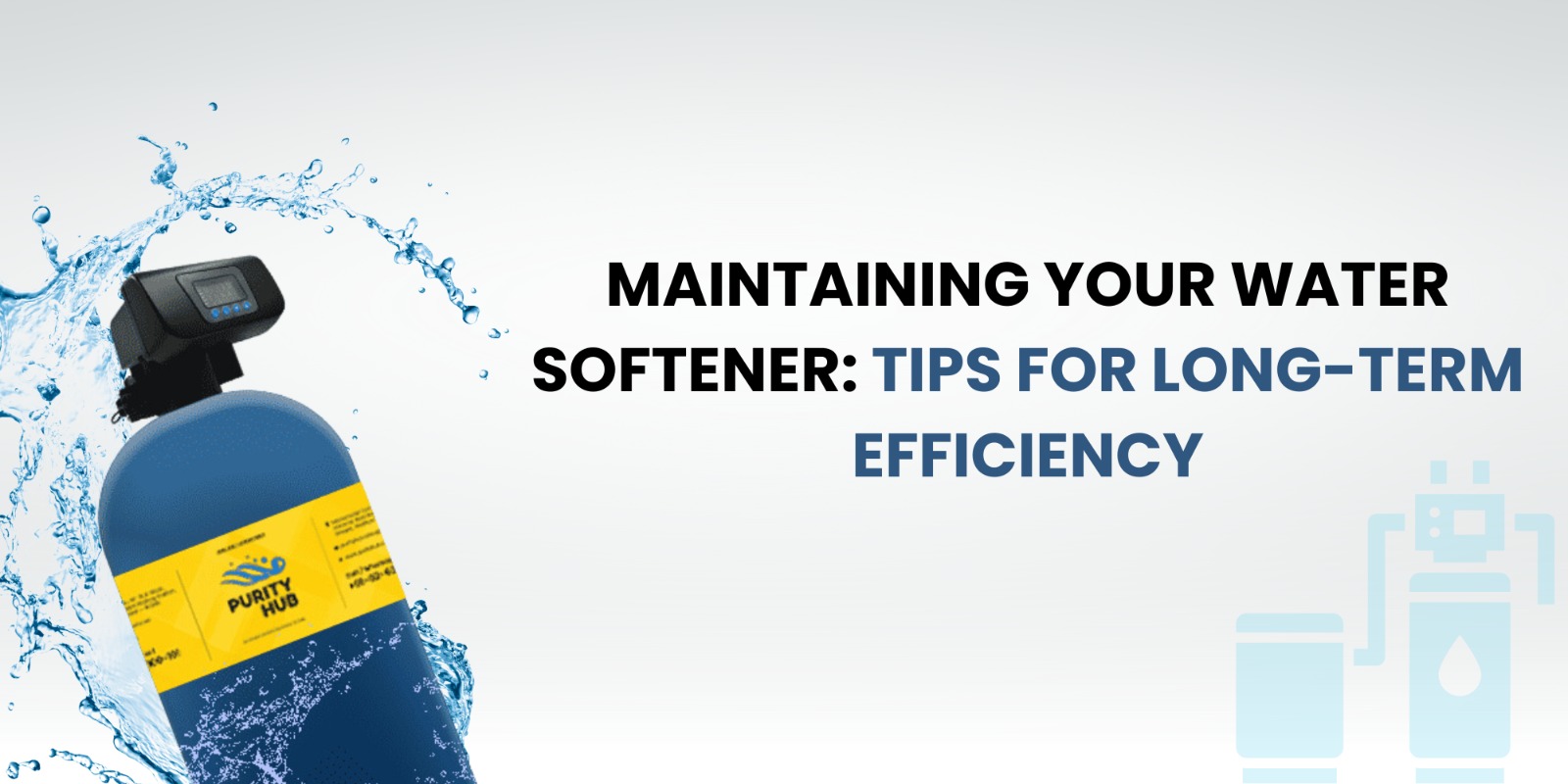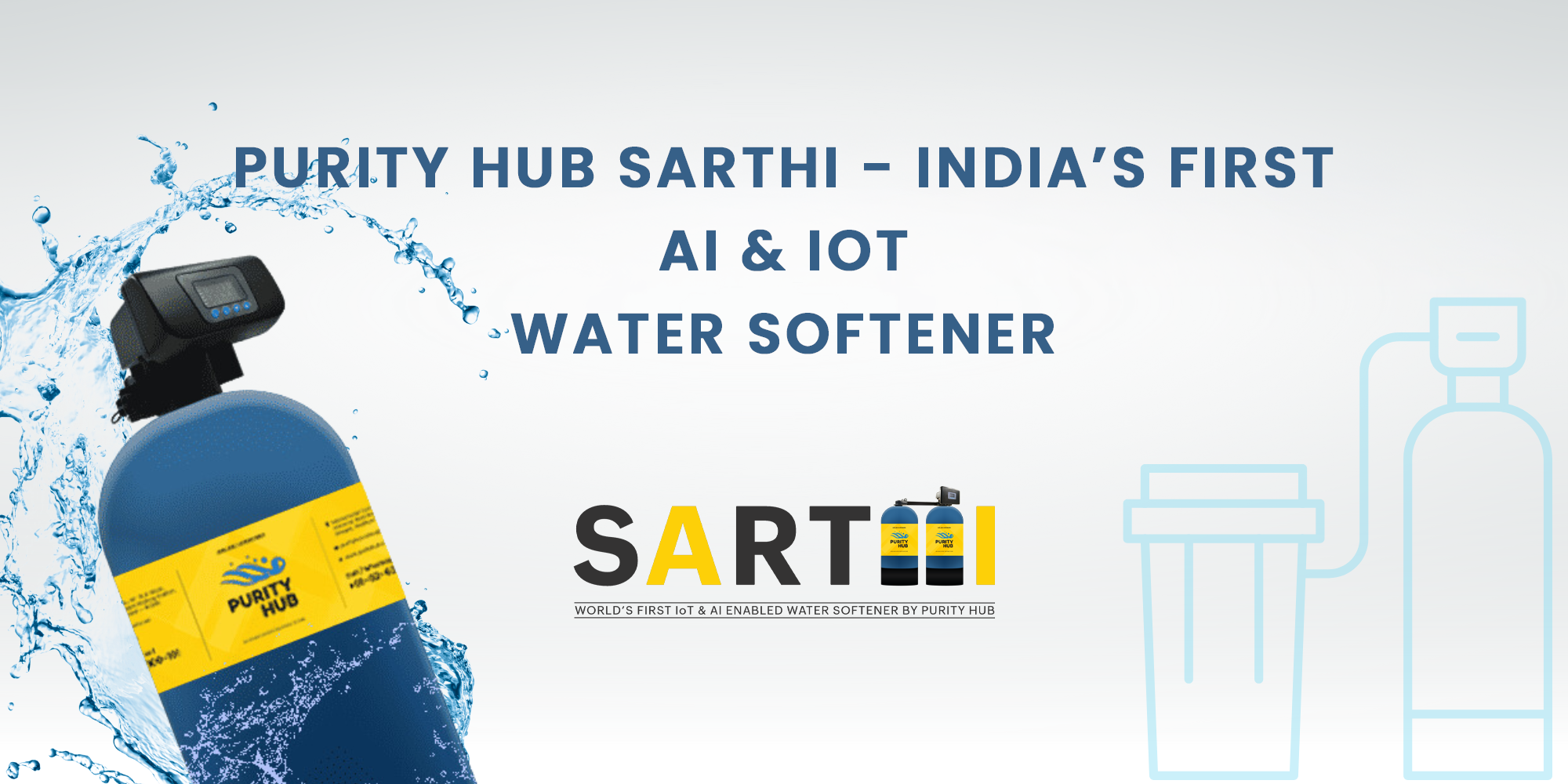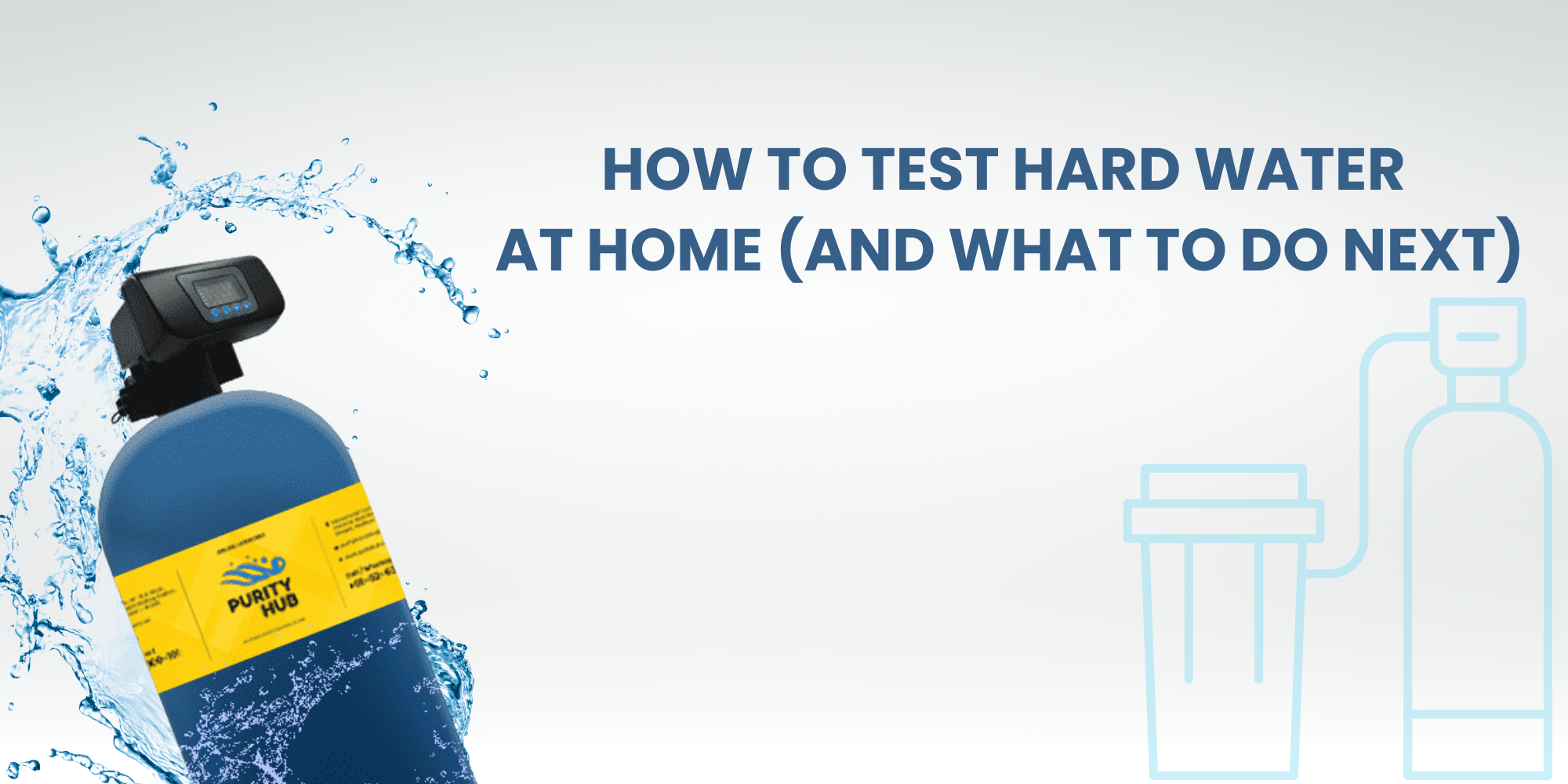
Summary
Your home water softener unit works behind the scenes quietly making your water soft and your house run smoothly, but it does need a little TLC to keep it running efficiently. Regularly checking and replacing salt, draining the brine tank, and eliminating salt bridges or mush ensures your home water softener continues working well. Installing a water softener cleaner and periodically inspecting for leaks or performance degradation will keep it going longer. Notice the sensation of your water and have it serviced by the pros when necessary. With these easy habits, your whole house water softener will provide sparkling dishes, soft laundry, and slippery showers for years to come.
Caring for Your Water Softener: Tips for Long-Term Performance
If you've invested in a water softener system, you already know the joys of soft water — silky hair, soap that foams, appliances that stay cleaner longer, and pipes that aren't being slowly turned to stone by scale buildup. But as with any good home appliance, your home water softener needs a little tender loving care to keep it running well for years to come. It might be out of sight in a basement or utility closet corner, but this behind-the-scenes workhorse deserves some notice if you're to enjoy the convenience of soft, mineral-free water continuing on. So, whether you’re new to softeners or have had one humming along for a while, here are some light-hearted yet genuinely useful tips to make sure your water softener for home remains efficient and hassle-free for the long haul.
Keep an Eye on Salt Levels
The core of any hard water softener is a bed of resin beads that capture calcium and magnesium — the hard water culprits. These beads need to be recharged every so often with salt. No salt, no soft water. That's it. Make a habit of checking the brine tank once a month. If the salt level is low or you see a crusty bridge of salt, you'll need to top it off. Do this with good-quality salt pellets for optimal results, as lower-quality salt can leave deposits or clog the system.
Clean the Brine Tank Once a Year
No matter the best salt, in time there may be impurities and sludge that form in the brine tank. Give your home water softener a good clean every year or so. Not a glamorous chore, but it's a simple one. Drain the tank, clean out any grunge with soap and water, rinse and fill with fresh salt. Your softener — and your appliances — will thank you.
Watch out for Salt Bridges and Mush
Salt bridges are sneaky little formations where a crust forms over the salt, making you think there's still plenty there when actually there's an empty space underneath. Mush is when the salt turns into a thick, sticky paste at the bottom of the tank. Both phenomena prevent your whole house water softener from regenerating properly. Break bridges gently with a broom handle and take out mush when you notice it. It's a simple effort for wonderful rewards.
Use a Water Softener Cleaner
Just like your automobile or coffee maker needs a tune-up, so does your water softener system. Using an occasional cleaning every 3–4 months to apply a water softener cleaner cleans away the iron, silt, and other impurities that settle onto the resin beads, keeping them in the best operating condition possible. It is a cheap and easy way of extending the lifespan of your system and ensuring that it's performing at its maximum capacity.
Check for Leaks and Salt Plugs
You can easily forget your home water softener because it quietly does its job behind the scenes. But a quick monthly inspection can prevent you from having costly problems in the future. Look for water leaks around hoses, connections, and the tank itself. Detecting a leak early is a lot cheaper than fixing water damage down the road. Also, ensure that salt is not accumulating in the brine line or valve. If your softener is not using salt as it should, this could be the issue
Check Your Water Softness
Every now and then, take a minute to notice how your water feels and behaves. Are your soaps and shampoos not foaming like they used to? Do you see spots on your dishes or experience that hard, gritty water feel again? These are signs your hard water softener may need servicing or adjustment. Test kits are inexpensive and a good idea to use to check your water hardness periodically and catch any loss of softening effectiveness before it becomes a problem.
Schedule Professional Servicing
Regardless of regular servicing, it is a good idea to have a professional service your home water softener every other year or two. A pro can clean out the system good, reset it, and exchange worn parts. It's an annual checkup for your household water softener — preventive maintenance that pays dividends over the long run.
Conclusion
A water softener system could be one of those unobtrusive heroes in your house that hardly ever calls for notice, yet a bit of maintenance goes a long way in helping it run steadily. By regularly checking salt levels, cleaning out the brine tank, staying alert for salt bridges, and giving the system a good rinse with a water softener cleaner, you’re protecting not only your home water softener but also your appliances, plumbing, and your daily comforts. It doesn’t take much — just a few simple habits and occasional check-ins can keep your water softener for home working like a charm. And when unsure, don't be afraid to call a pro in for a quick tune-up. With these simple tips, your entire house water softener will keep on providing soft, silky water that makes cleaning simpler, showers more invigorating, and home life just a bit brighter for many years to come.



